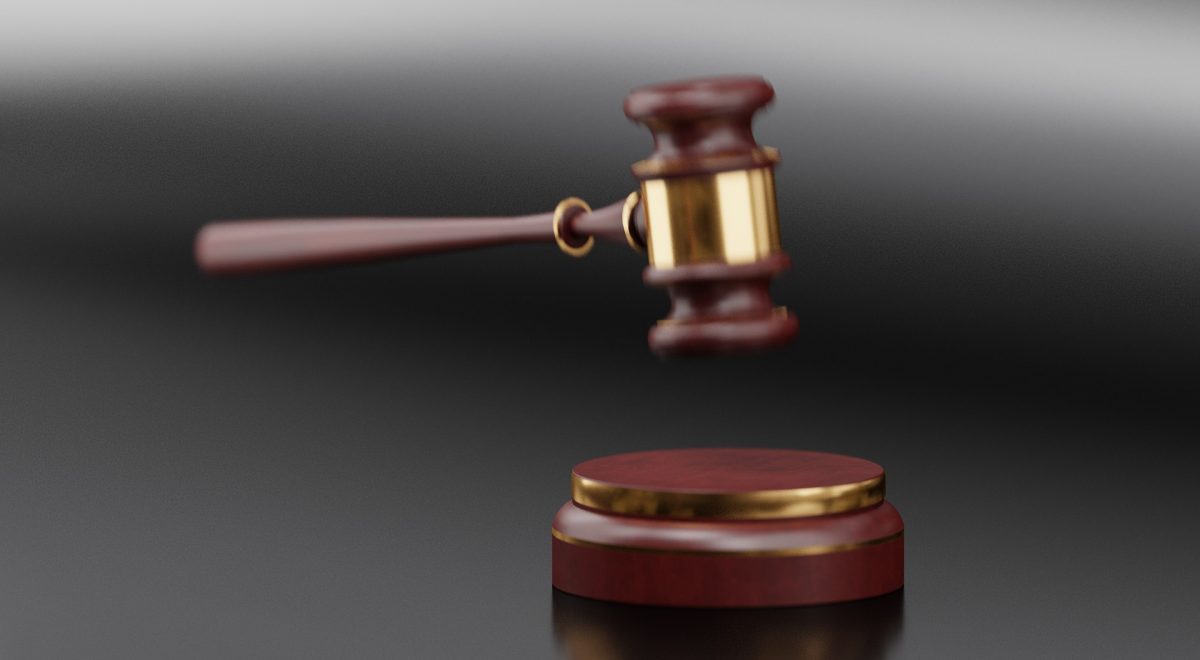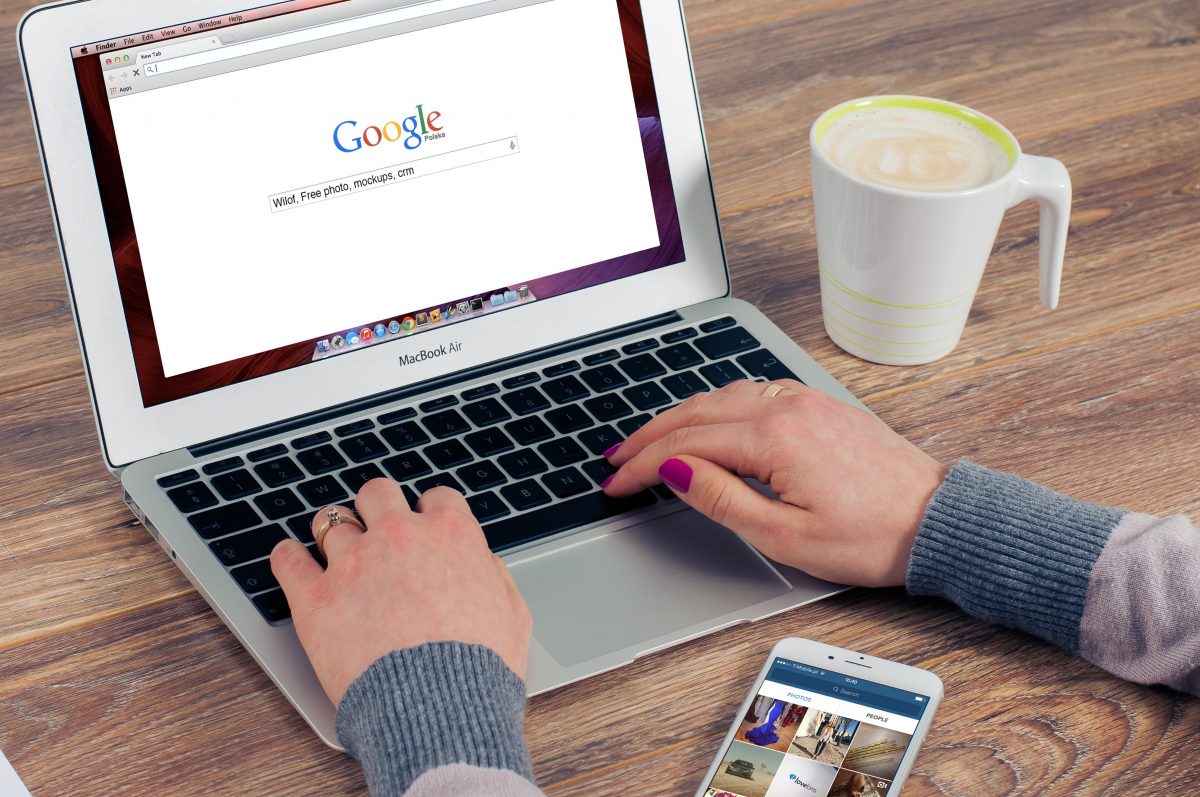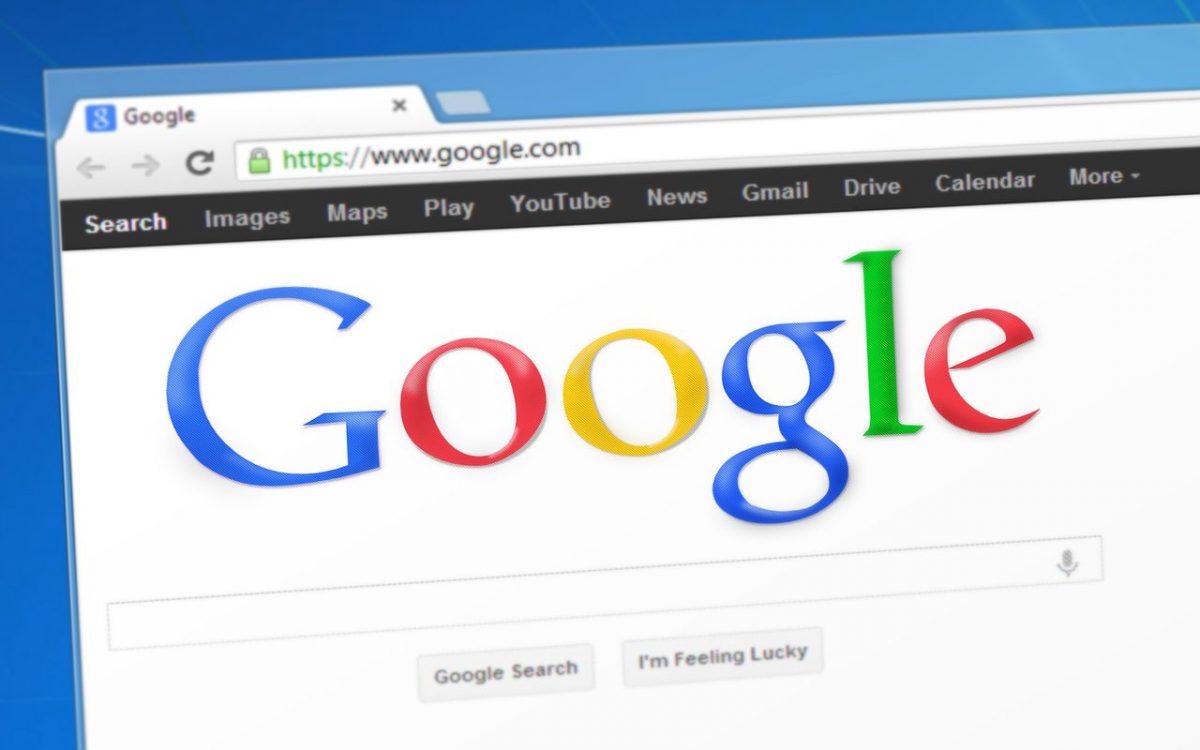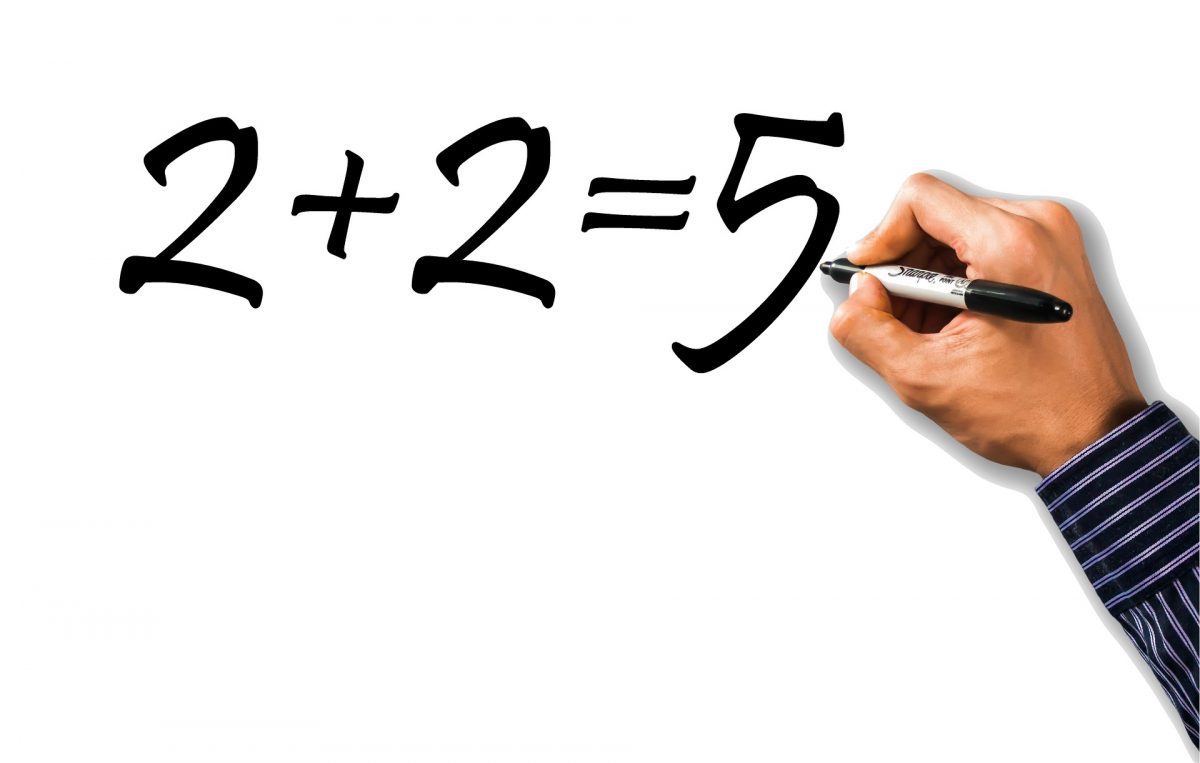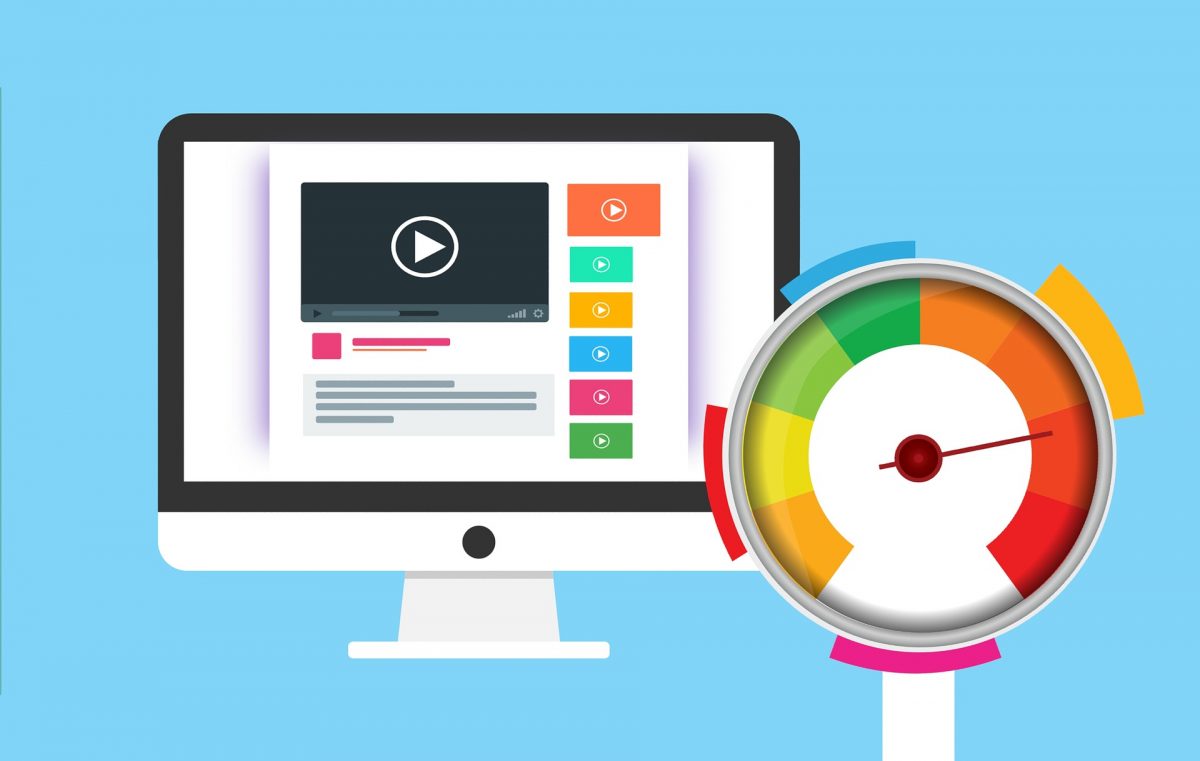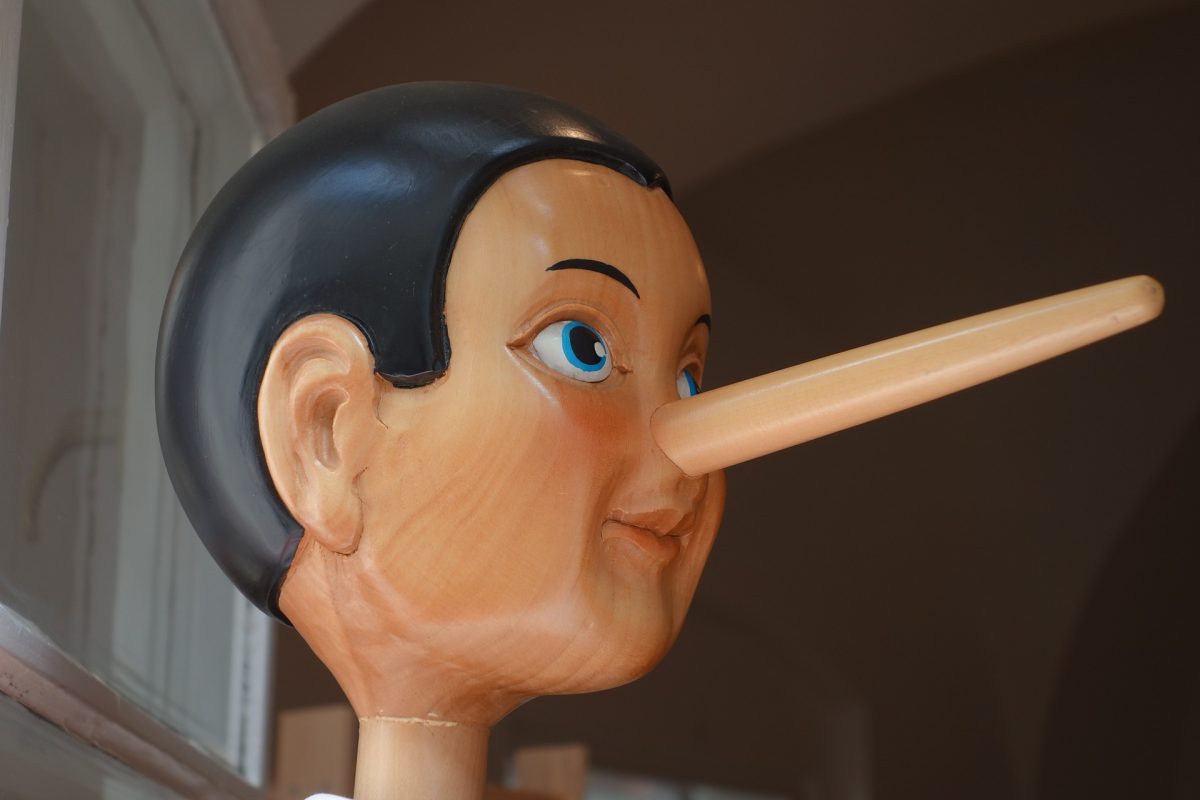Especially with the rise in prominence of ecommerce, social media, and digital communication over the past year, a picture truly is worth a thousand words. However, a picture that’s overly large, slow to load, or poorly chosen will inevitably do more harm than good. In order to avoid alienating your audience and ensure you bring in as much traffic as possible, there are a few cardinal rules you should follow where image optimization is concerned.
Resize
Whether you’re downloading a free image, purchasing a stock photo, or using one of your own photographs, there’s a good chance that the image is going to be absolutely massive. And that means it’s going to ruin load times.
Your first step, then, needs to be downsizing. Use an image editing program to cut down your image’s resolution. Generally, we’d recommend 1200×800 or 800×600, but this may vary depending on your website’s layout.
We’d also recommend reducing image quality to about 80 percent. This will allow you to further cut down on file size without any noticeable drop in image parity. Anything lower than that, however, and you’ll start to notice a decline.
Preview and Test
Careful consideration of layout and design is at the core of a positive user experience. You thus need to ensure that your layout works on both desktop and mobile and that your images properly align with your copy. We recommend using either https://developers.google.com/speed/pagespeed/insights/ or https://caniuse.com/ for this, as well as to test the load speed of your pages.
Write Your Title and Alt Text With Care
Per Google’s own developer guidelines, its algorithms use this data to determine context and better understand the content. As such, the metadata associated with your image is of crucial importance when it comes to optimizing your images for search. When you look at an image, consider the following:
- What ideas does the image convey?
- What are you using the image for?
- How would you describe the image in a few words?
The answers to these questions will inform how you fill out your image’s title, alt text, and caption. The former should basically convey what the image is, leveraging a single keyword associated with the image. The alt text, meanwhile, should act as a brief description of the image, as it displays for people who are unable to see images on your pages.
Optimize With Care
On the web, a picture is worth a thousand words, but only if it’s properly optimized. By following the three cardinal rules above, you can ensure that every image you use is. And you’ll be one step closer to ranking on the search engine results page because of it.

